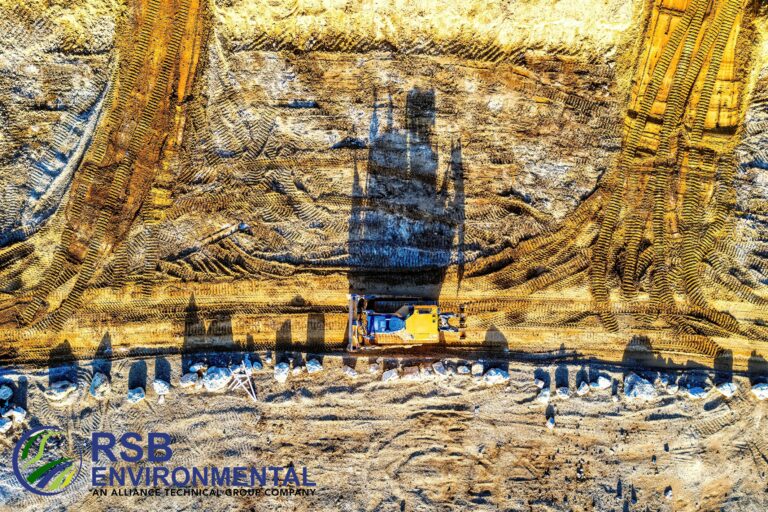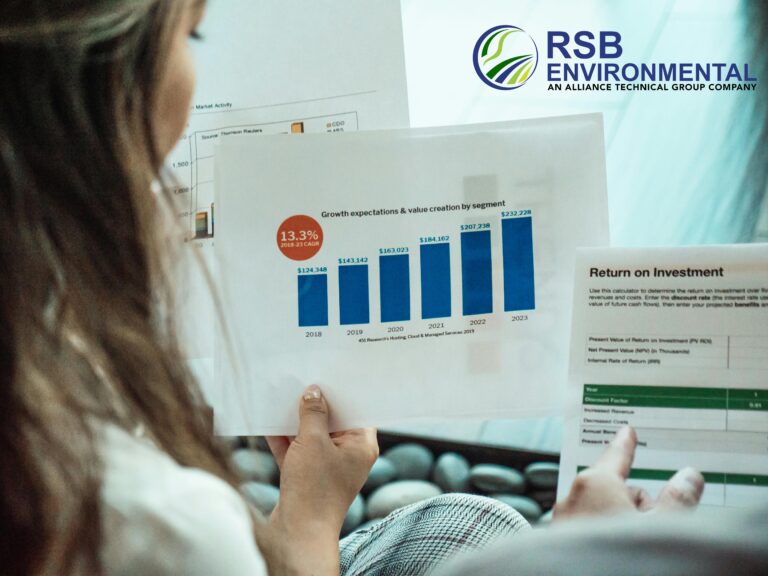All Blogs

Environmental compliance checklist for commercial real estate acquisitions
Environmental compliance is a critical component of successful commercial real estate acquisitions. A structured checklist—covering Phase I and Phase II ESAs, regulatory compliance, hazardous materials, and post-closing monitoring—helps buyers identify hidden risks, manage liability, and protect long-term property value.

Five Common Issues Identified in Facility Condition Assessments
Facility Condition Assessments frequently uncover the same high-impact challenges: deferred maintenance, aging MEP systems, envelope deterioration, neglected site infrastructure, and incomplete asset documentation. Identifying these issues early allows owners and managers to prioritize repairs, control capital spending, and extend asset life through informed planning.

ASTM Standards for Property Condition Assessments: Why They Matter for Financial Institutions
ASTM E2018 provides financial institutions with a consistent, defensible framework for Property Condition Assessments. By identifying physical deficiencies, deferred maintenance, and capital exposure, ASTM-based PCAs strengthen due diligence, inform loan structuring, and help lenders protect asset value throughout the loan lifecycle.

How Property Condition Assessments Support Green and Sustainable Development
Property Condition Assessments for Sustainable Development give owners and developers the data needed to improve efficiency, plan green upgrades, extend system life, and align assets with long-term ESG and sustainability goals. By identifying inefficiencies and lifecycle risks early, PCAs support greener operations and stronger investment performance.

How Property Condition Assessments Support ROI for Real Estate Investments
Property Condition Assessments support ROI by delivering actionable insight into building deficiencies, lifecycle costs, and capital planning needs. When integrated into financial modeling and asset management, PCA findings reduce risk, strengthen negotiations, improve operational performance, and protect long-term investment returns.

Why Facility Condition Assessments Are Crucial for Maintenance Planning
A Facility Maintenance Assessment transforms building condition data into a proactive maintenance strategy—reducing downtime, improving budget accuracy, and extending the life of critical systems.

Facility Assessment Partner
Choosing the right Partner for Your Facility Condition Assessment ensures you receive actionable data, dependable cost modeling, and clear priorities that support long-term capital planning and daily facility operations—not just a report that gathers dust.

How Property Condition Assessments Mitigate Risk for Financial Institutions
Using PCA for Risk Mitigation helps financial institutions replace guesswork with defensible building data. PCA findings clarify remaining life, immediate repairs, and system risks—strengthening underwriting, stabilizing DSCR assumptions, and preventing asset-level surprises that lead to loss. Strong PCA integration improves loan quality and portfolio-level risk control.

ASTM Standards for Property Condition Assessments: Why They Matter for Developers
ASTM Standards for PCA provide a consistent framework that strengthens due diligence, improves report reliability, and accelerates decision-making. For developers, ASTM E2018 offers clearer risk insights, stronger negotiation leverage, and better alignment with lender expectations—leading to fewer surprises and more predictable project outcomes.

Using Facility Condition Assessment Data to Improve Facility Performance
Facility Condition Assessments produce valuable insights—but their real power comes when those findings are converted into Facility Performance Data. By linking deficiencies, lifecycle estimates, and system conditions to ongoing metrics and monitoring, facility teams can improve reliability, reduce costs, and make decisions supported by evidence rather than assumptions.



